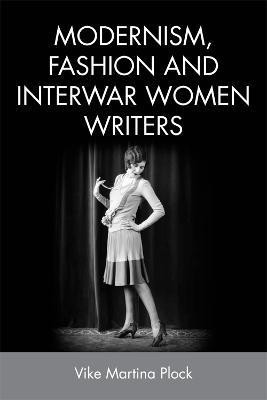Modernism, Fashion and Interwar Women Writers(English, Hardcover, Plock Vike Martina)
Quick Overview
Product Price Comparison
Explores the interaction between literary and sartorial style in women writers of the interwar period An unprecedented sartorial revolution occurred at the beginning of the twentieth century when the tight-laced silhouettes of Victorian women gave way to the figure of the flapper. Modernism, Fashion and Interwar Women Writers demonstrates how five female novelists of the interwar period engaged with an emerging fashion discourse that concealed capitalist modernity's economic reliance on mass-manufactured, uniform-looking productions by ostensibly celebrating originality and difference. For Edith Wharton, Jean Rhys, Rosamond Lehmann, Elizabeth Bowen and Virginia Woolf fashion was never just the provider of guidelines on what to wear. Rather, it was an important concern, offering them opportunities to express their opinions about identity politics, about contemporary gender dynamics and about changing conceptions of authorship and literary productivity. By examining their published work and unpublished correspondence, this book investigates how the chosen authors used fashion terminology to discuss the possibilities available to women to express difference and individuality in a world that actually favoured standardised products and collective formations. Key Features Explores the various correspondences that existed among an emerging new fashion discourse, feminine identity formation and constructions of authorship in the modernist periodChallenges critical notions about fashion as an emancipatory force in women's lives by showing how it was also used to uphold patriarchal values in the interwar periodUses unexplored archival resources to offer new readings of interwar female writers as important contributors to a cultural discourse that relegated women to the position of uncritical consumers of fashion


